Cultivating Creativity
“…the core issues for cultivating creativity are the same, whether you’re in the home or in the classroom. The key challenge is not how to “teach” creativity to children, but rather how to create a fertile environment in which their creativity will take root, grow, and flourish.”
Mitch Resnick, professor of learning research at MIT Media Lab
We couldn’t have put it better ourselves! At la ferme du Bourdicou we actively encourage everyone to be creative because creativity is good for the brain. Even everyday activities, such as building a new chicken house, make us feel happy and more enthusiastic. But nothing can beat seeing the beaming smiles on the faces of our visitors – young and old – when they explore the farm with us.
Happy place
We have heard so many wonderful stories from parents and relatives of children that have visited our farm. And it’s always the same – they had an amazing time and can’t stop talking about it! We have even had drawings sent to us of some of their favourite animals! So that’s why we decided to dedicate a page on our website to all the creative minds out there!
Walking Tours
Photos from 2023 Walking Tours
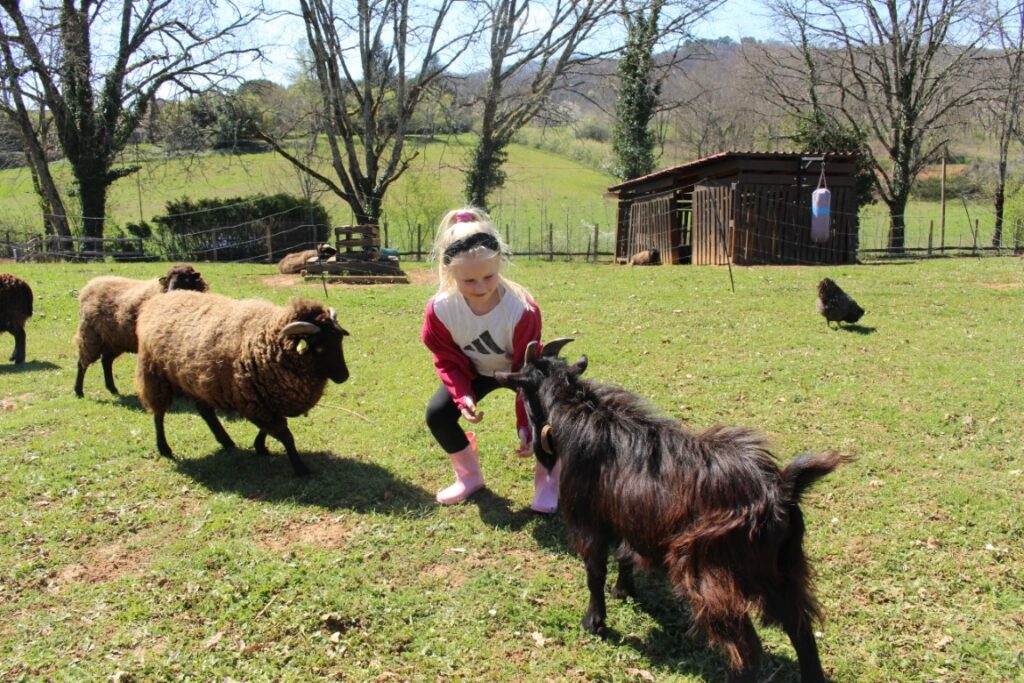
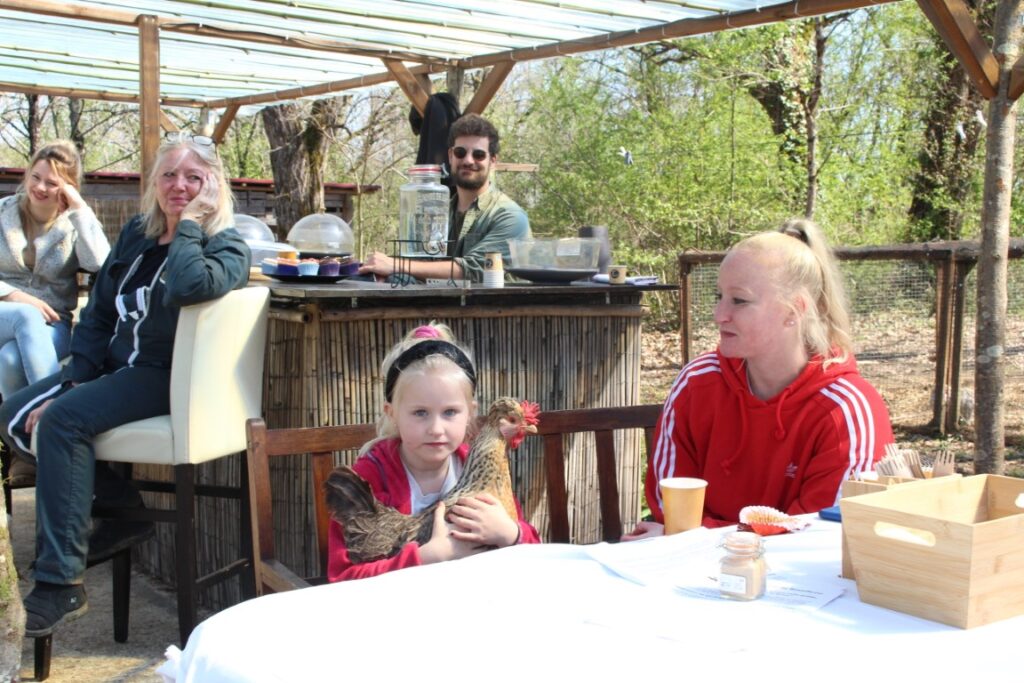
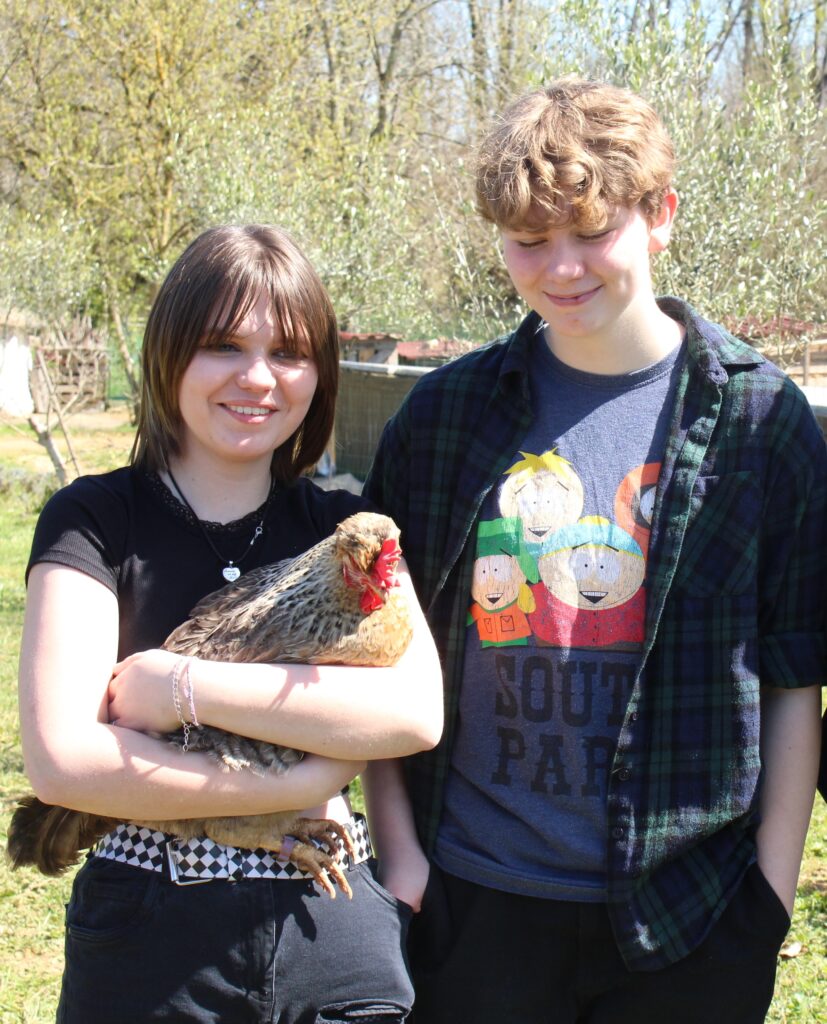
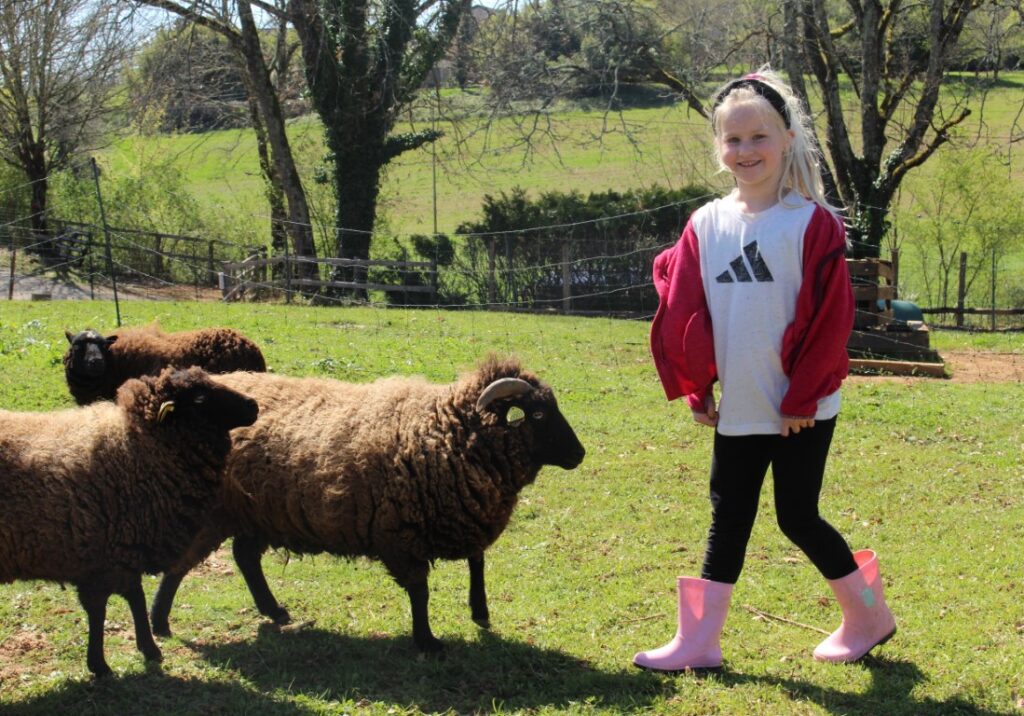
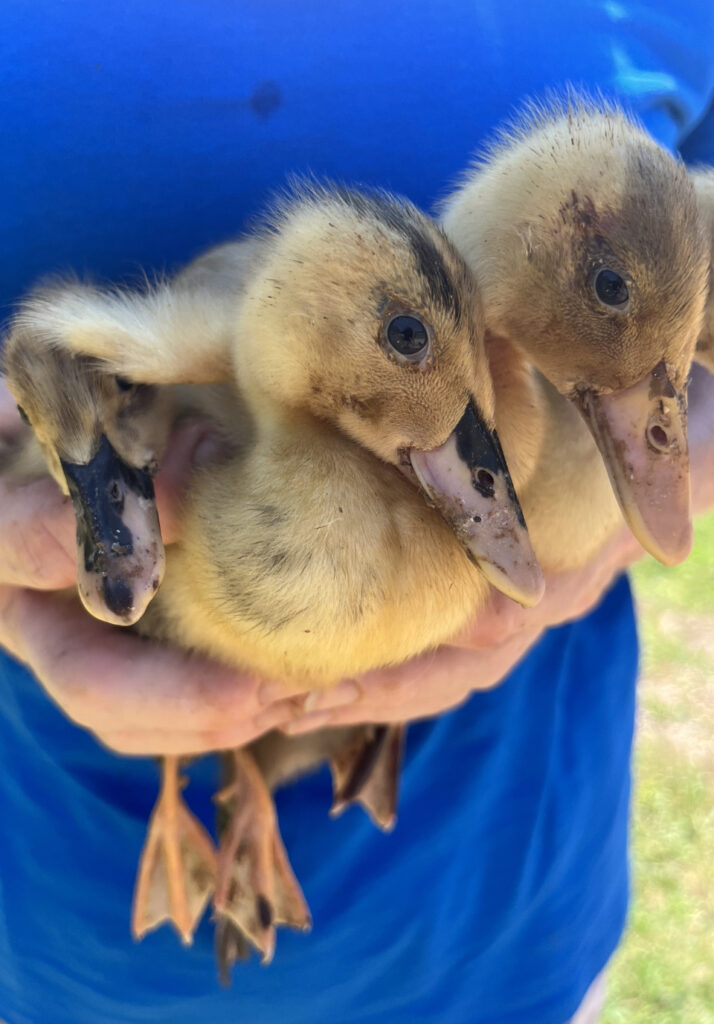
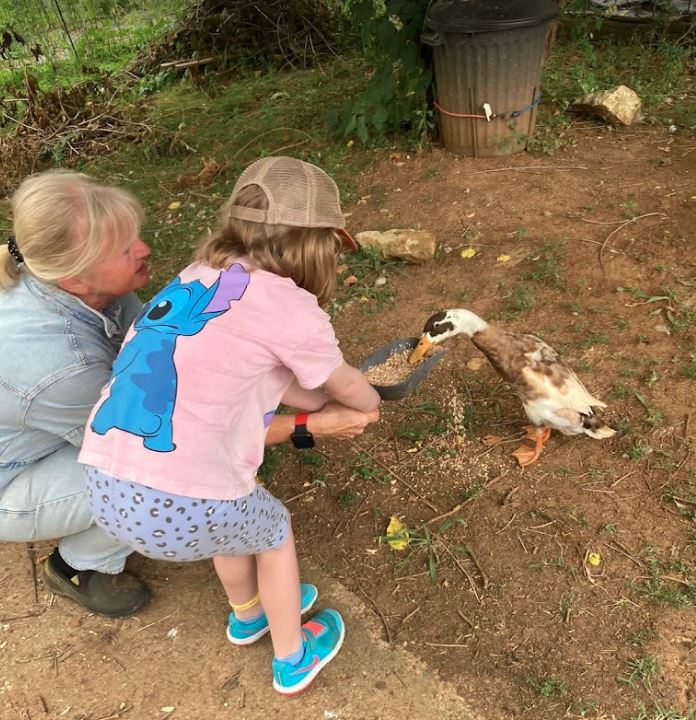
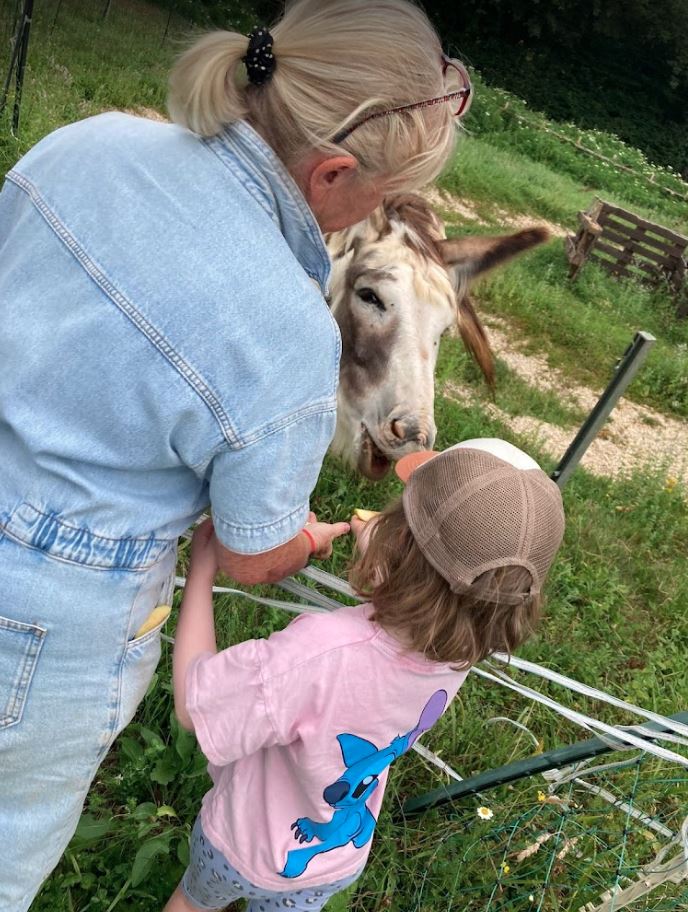
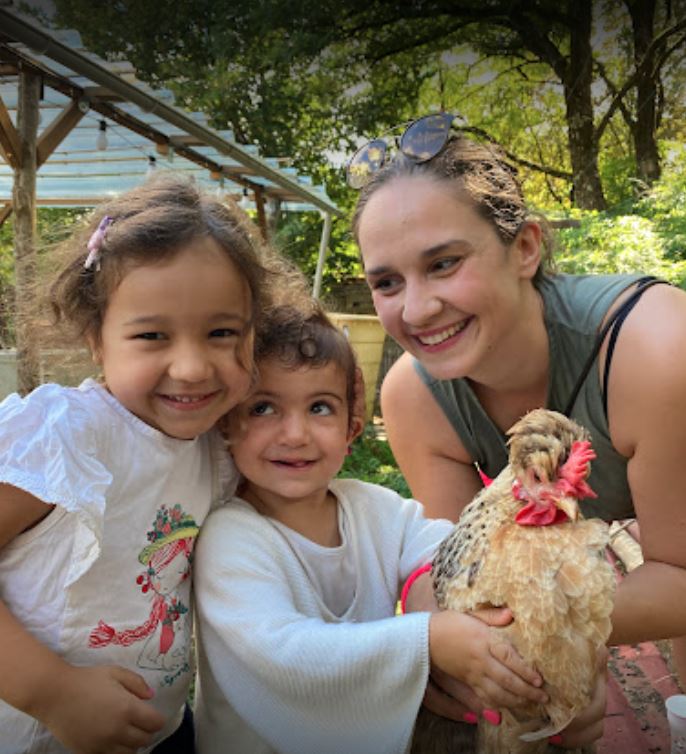
Send us an email including pictures, short stories, poems or postcards – anything at all that’s farm related. Perhaps it’s a favourite farmyard animal – sheep, chicken, duck, or maybe it’s a magical one! We’ll share as many items as we can on this page for everyone to see!



Be a hummingbird
The kids should see this
One of our favourite websites, thekidsshouldseethis.com (TKSST), is a Webby Award-winning collection of over 5000 kid-friendly videos. It’s completely free and available for everyone to use. Adults can learn new stuff on there too – perhaps that’s one of the reasons why we like it so much!
Rescuing Penguin Chicks in South Africa
Most people probably think that penguins live in the cold, that they live in Antarctica. But there are actually several species that live in warmer climates.
Dr. Ludynia is based in Cape Town, South Africa, working as a part of the team at SANCCOB, a rescue service for sick and injured seabirds and abandoned seabird chicks.
More great informative videos
What is an ecosystem?
An ecosystem is a community of living and non-living things that interact with each other and their environment. It includes all the plants, animals, microorganisms, and physical elements in a particular area. These elements work together to maintain the balance and sustain life within the ecosystem. Examples of ecosystems include forests, coral reefs, and deserts.
How can nature help restore ecosystems?
When we allow natural environments like forests, peat bogs, salt marshes and the seabed to recover, they can absorb carbon from the atmosphere. Ultimately, this can help reduce the risk of climate disaster.
Restoring these ecosystems can also help prevent the extinction of species, avoid ecological destruction, and create a more diverse and wonderful world for us all to appreciate.
FIND OUT MORE
Read more about ideas that are already being put into action around the world
- How art is healing Scottish peatlands,
- Restored mangroves store as much carbon as intact ones,
- How do wolves, beavers, and plants help us address climate change?
How beavers engineer their ecosystem
The dams built by North American beavers create ponds and wetlands and filter the water. These are all things that help prevent floods and droughts, but also benefit the plants and animals that live around them.